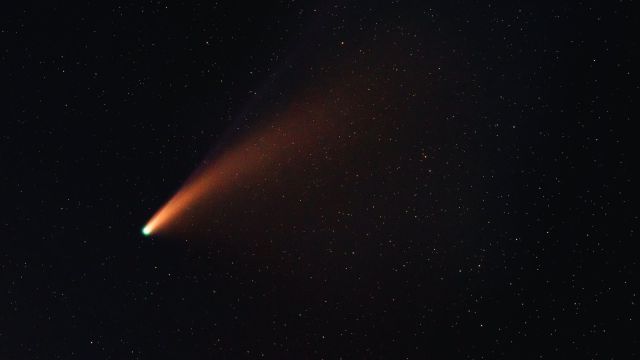Comets bouncing from one planet to another can spread life in the universe
Comets that "bounced" from one planet to another could carry the building blocks of life finds a new study.
 One theory of how the building blocks of life arrived on Earth suggests that comets brought it here. (Alex Andrews via Pexels)
One theory of how the building blocks of life arrived on Earth suggests that comets brought it here. (Alex Andrews via Pexels) How did Earth happen to have the molecular precursors that are the building blocks of life? One theory suggests that they may have been delivered here by comets. Researchers have now shown how comets could deposit similar building blocks to other planets in the galaxy by “bouncing” from one to another.
If a comet is to deliver any organic material, it has to be travelling quite slowly—around 15 kilometres per second, which is slow for comets. At speeds higher than that, those building block molecules will break apart with the temperature and speed of impact. In a paper published in the Proceedings of the Royal Society A, astronomers from the University of Cambridge theorise that the most likely place for that to happen is in “peas in a pod” systems.
In such planetary systems, a group of planets orbit closely together. Here, there is a chance that comets could be “passed” or “bounced” from one planet to another. This can slow it down. If cometary delivery is important for the origins of life, such planetary systems could be an excellent location to search for life.
Also, comets are known to contain a range of molecules that are considered to be building blocks of life. The Japanese space agency’s Hayabusa2 mission collected samples from the asteroid Ryugu in 2019. Analysis of the samples found evidence of two substances—Uracil and Niacin. Uracil is one of the chemical building blocks for RNA. Niacin, also known as Vitamin B3 or nicotinic acid, is important for metabolism.
However, it is important to emphasise the researchers don’t claim comets are necessary for the origin of life on Earth or any other planet. Instead, they just studied how complex molecules like hydrogen cyanide (HCN) can be successfully delivered by comets.







